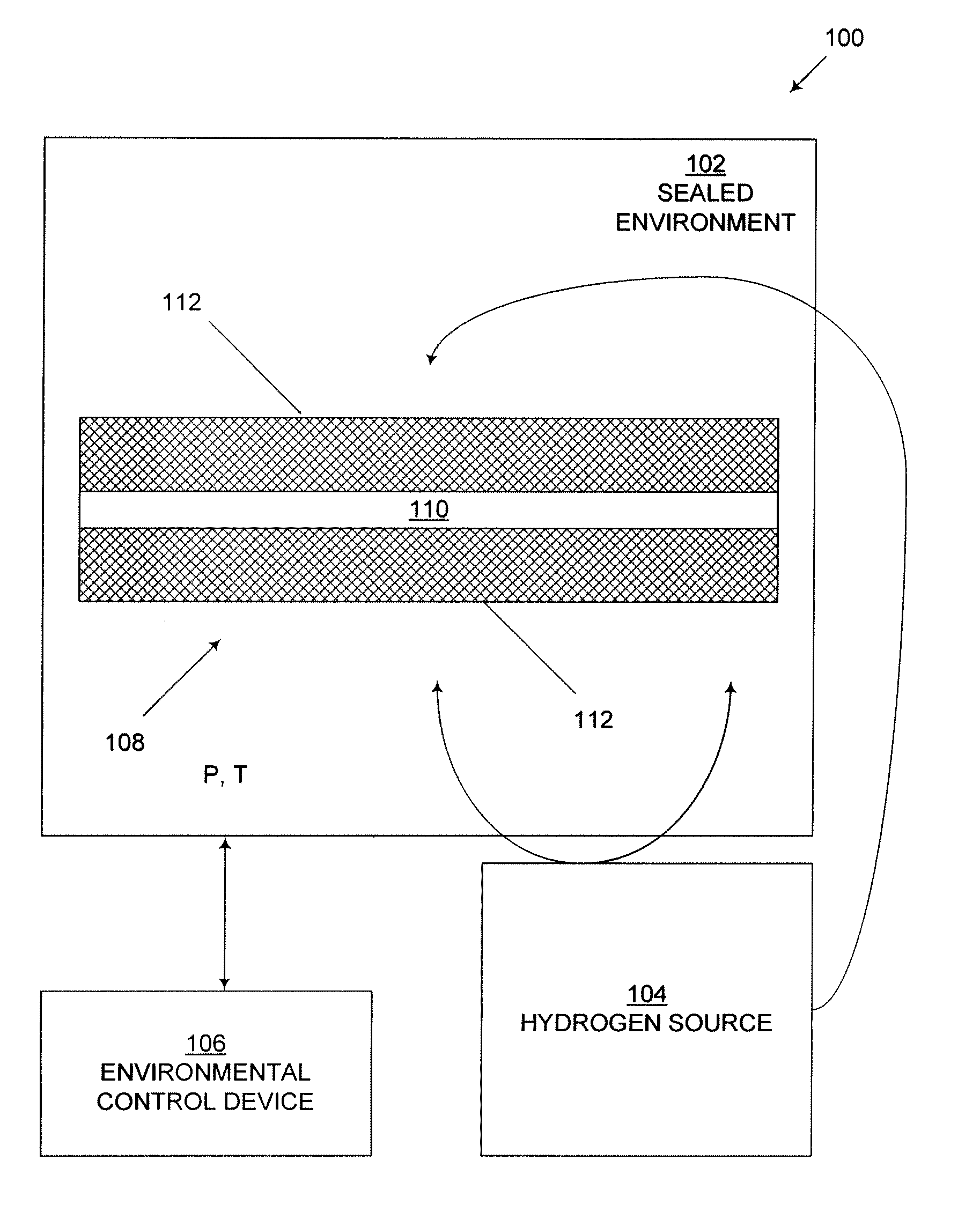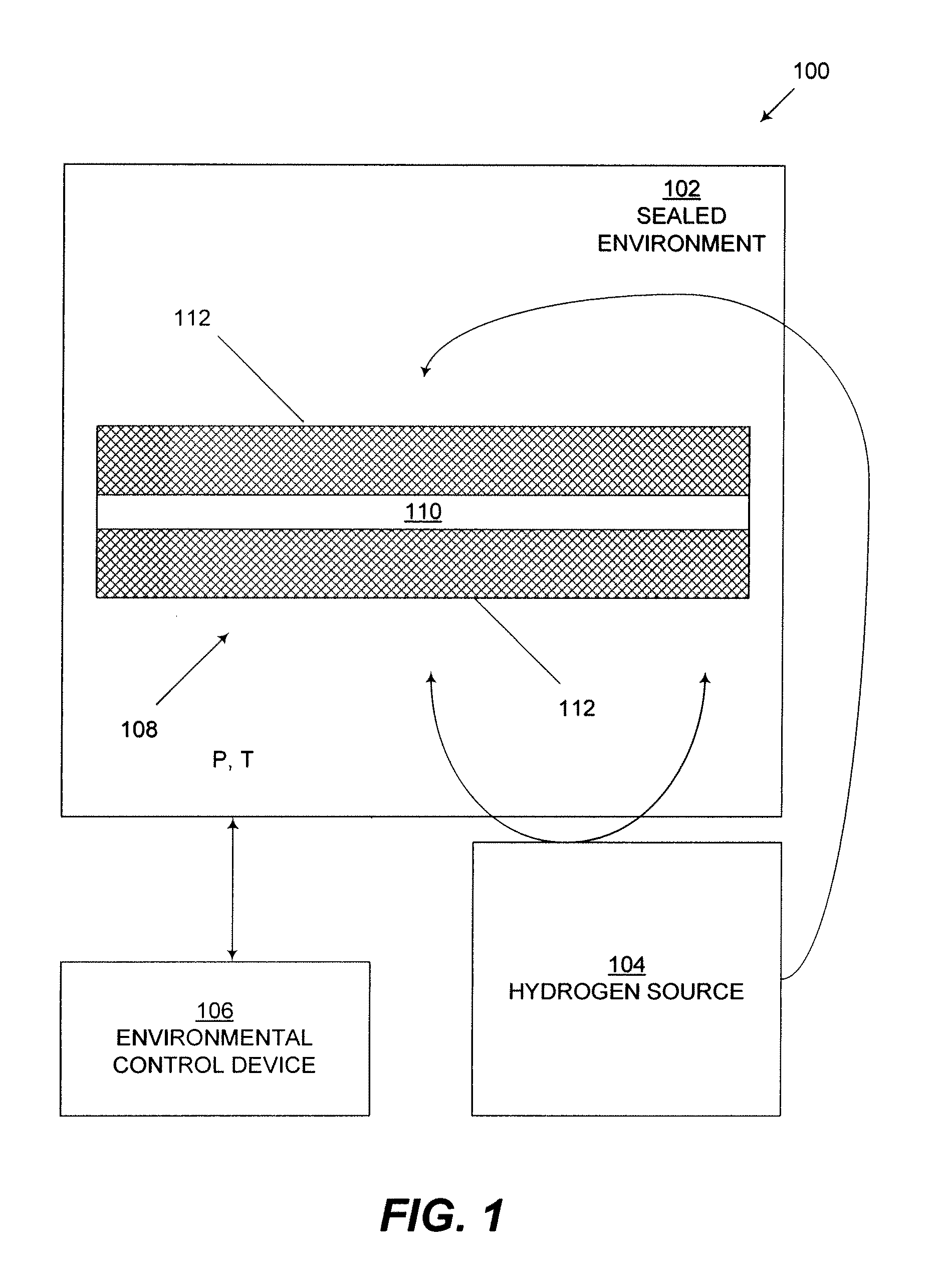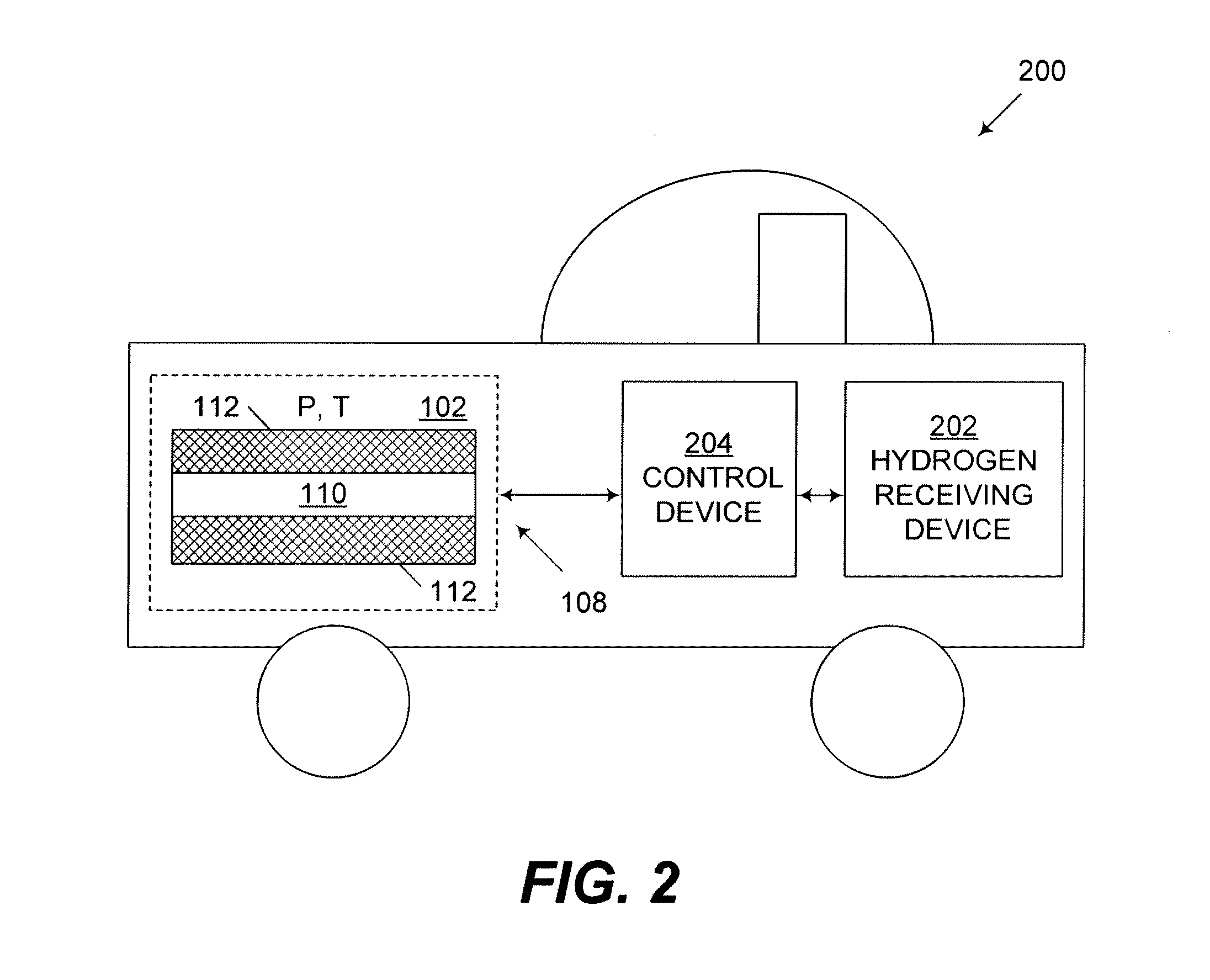Naturally-occurring nanomatrix biomaterials as catalysts
- Summary
- Abstract
- Description
- Claims
- Application Information
AI Technical Summary
Benefits of technology
Problems solved by technology
Method used
Image
Examples
example 1
Preparation and Characterization of a 20 wt % NaAlH4-Diatomaceous Earth Composite
[0215]A 20 wt % NaAlH4-diatomaceous earth composite (20 wt % diatomaceous earth in the composite and 80 wt % NaAlH4 in the composite) was synthesized as follows. A solution of NaAlH4 in THF (6 ml, 1M) was added to a sample of previously baked diatoms (1.1 g) in a single-neck flask inside a glovebox under an inert atmosphere. Initial mixing resulted in the formation of gas, which subsided within one minute. This suspension was allowed to stir at room temperature overnight, after which time the solvent was removed under reduced pressure and the resulting solid was dried under vacuum. A sample of this as-prepared sample was processed for X-ray diffraction (XRD) characterization, the results of which demonstrate the presence of sodium aluminum hydride plus minor phase(s) tentatively identified as oxidation products.
example 2
Hydrogen Sorption Measurements of a 20 wt % NaAlH4-Diatomaceous Earth Composite
[0216]Experiments were carried out to determine the hydrogen sorption and desorption properties of the NaAlH4 diatomaceous earth composite, and these results were compared to the hydrogen sorption and desorption properties of NaAlH4 in the absence of diatoms. A sample of a 20 wt % NaAlH4-diatomaceous earth composite prepared according to Example 1 was subjected to a series of temperature programmed desorption measurements (TPD). The temperature of the sample during each desorption measurement was ramped at 2° C. / min from 30° C. to 300° C., followed with an isotherm at 300° C. for 1-2 hours. Between each TPD measurement, a hydrogen overpressure was applied to sample at 120-130 bar for 12 hours at 150° C. to rehydrogenate the material. The results of these TPD measurement cycles are illustrated in FIG. 6, which demonstrate an initial desorption activity, but little capacity for subsequent absorption.
example 3
Preparation and Characterization of a 10 wt % (Synthetic) Palladium-Diatomaceous Earth Composite
[0217]A diatomaceous earth sample having 10 wt % palladium (Pd) was prepared by contacting, in the appropriate proportions, samples of diatomaceous earth and palladium acetylacetonate that was dissolved in acetone by incipient wetness. Thus, 1.037 g of prisitine diatoms and 0.311 g of Pd acetylacetonate dissolved in 5 ml of toluene were combined within an inert atmosphere at room temperature. After combining these materials, the solvent was removed under reduced pressure to afford a solid precursor / diatoms composite, which was oxidized in a muffle furnace under ambient atmosphere at 350° C. for 2 h. The resulting oxidized material was loaded into a pressure reactor for cycling with H2 / vacuum to reduce the PdO to PdH / Pd-metal. The material that was removed from the reactor was characterized by a reddish brown color, suggesting the presence of Pd metal nanoparticles decorating the diatomace...
PUM
| Property | Measurement | Unit |
|---|---|---|
| Temperature | aaaaa | aaaaa |
| Pressure | aaaaa | aaaaa |
| Composition | aaaaa | aaaaa |
Abstract
Description
Claims
Application Information
 Login to View More
Login to View More - R&D
- Intellectual Property
- Life Sciences
- Materials
- Tech Scout
- Unparalleled Data Quality
- Higher Quality Content
- 60% Fewer Hallucinations
Browse by: Latest US Patents, China's latest patents, Technical Efficacy Thesaurus, Application Domain, Technology Topic, Popular Technical Reports.
© 2025 PatSnap. All rights reserved.Legal|Privacy policy|Modern Slavery Act Transparency Statement|Sitemap|About US| Contact US: help@patsnap.com



